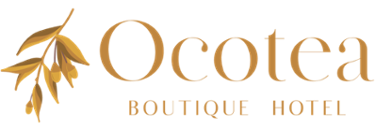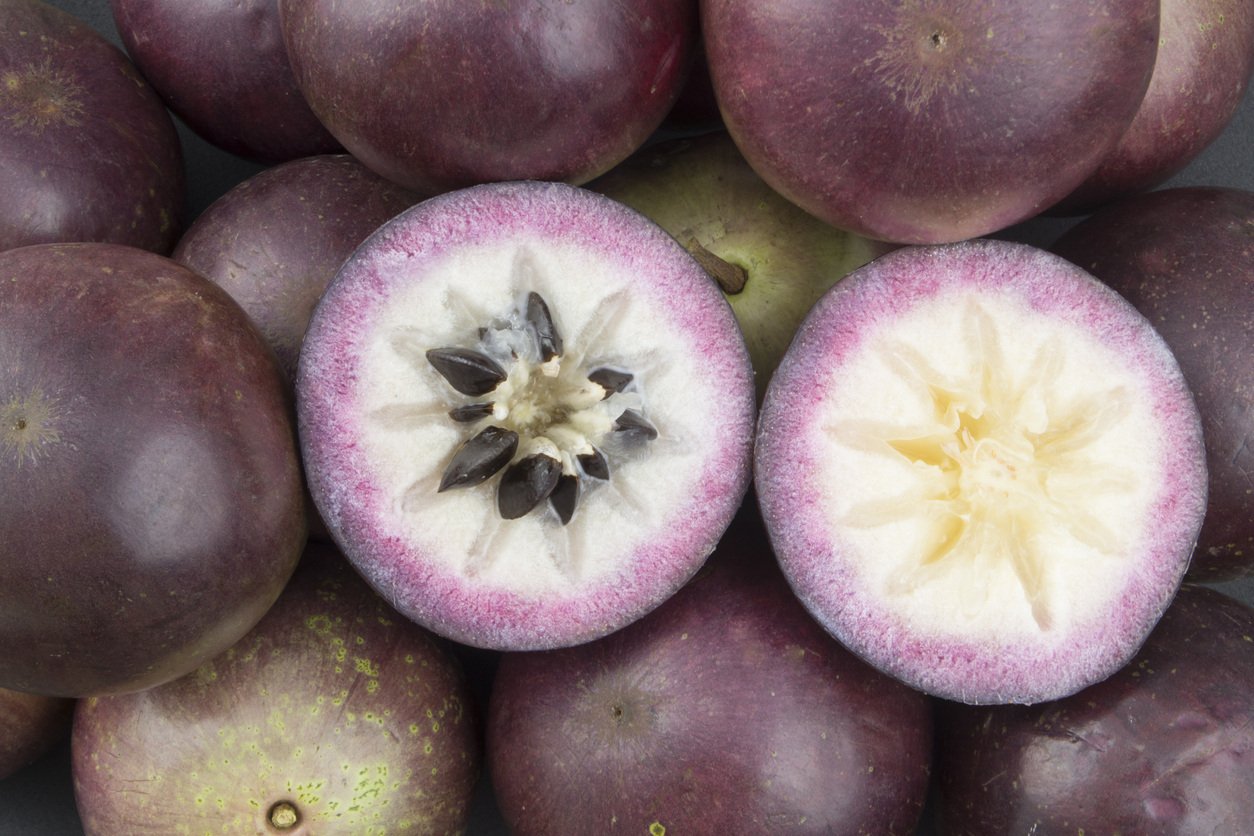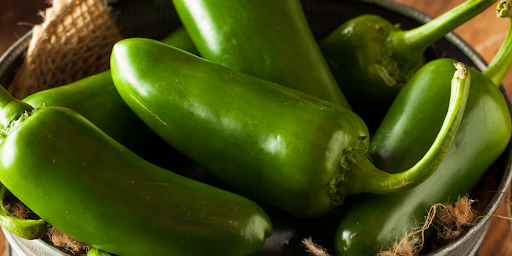Food of the Gods- The Story of Chocolate

Monteverde Chocolate Tours. About two years ago, some dear friends from the U.S. came to visit us in our new home. We really enjoyed playing tourist with them and taking them to see some of the beauty that surrounds us here in Monteverde.
As my friends are originally Dutch and we share a rather extreme love of all things chocolate, it was only natural that we would head for one of the nearby chocolate tours.
There are two popular chocolate tours in Monteverde.
The first is put on by the Cabure Argentine Cafe. Whether you take the tour or not, they are well worth visiting for their scrumptious hand-made truffles that they show you how to make at the end of the tour.
These hand-dipped bits of deliciousness are then drizzled with more yummy goodness. Need I say more??
The other popular coffee tour is through Don Juan Tours. Their tour actually explains the production of coffee, cocoa and sugar cane all in one tour. Chocolate is my favorite though, so I decided it deserved a post all to itself.
I’m not going to go into how chocolate is produced, because I’m sure you’ll want to come to Monteverde and see for yourself. Instead I want to share a story...
I absolutely LOVE stories, so the one they told about the discovery of the cocoa bean has stuck with me, and I find myself repeating it whenever I get the chance. This is how it went (and yes, it’s paraphrased, my memory isn’t THAT good).
The Discovery of Cocoa
One day a few members of the tribe stumbled upon an unknown tree while foraging for food. The tree was short and covered in large green pods.
Curious, the men gathered as many of the strange pods as they could and took them home to show the others.
The other members of the village gathered around to discuss the strange pod. A new food source was always welcome, but there was no way of knowing if the pod was edible or poisonous.
They cracked the pods open to see what was inside.
Inside the hard outer shell, the pod was full of hard beans. Each bean was coated with a soft white goo. They cracked open more of the pods and passed them around eagerly, pulling out the gooey, beans and sniffing them. They gave off a mild, sweet odor.
They discussed the strange pods some more, trying to decide the best way to test the beans. Eventually a brave young man offered to sacrifice his life for the good of the tribe. He would eat one of the beans and see what happened.
The villagers waited anxiously while he popped the bean in his mouth and sucked off the white coating.
He smiled and nodded at them. The coating was sweet, it seemed like a good sign. Still they waited, sitting around the fire, to see if he would survive this new discovery.
After a while, when the young man was certain that he wasn’t going to fall ill from the white coating, he pulled the bean out and bit it in half, chewing the hard bean. He grimaced and spat it out into the fire.
The bean tasted bitter and unpalatable. With loud groans and much disappointment, the villagers collected up the pods that they had broken open, carried them to the edge of the village and dumped them on the ground.
Many weeks later while returning to the village, one of the young men noticed an enticing smell coming from the forest.
Curious, he went to investigate. There on the ground were the dried up pods that they had discarded, but now they were dry and hard, baked by the heat of the sun. The white coating had been absorbed by the beans which were now small and brown.
He gathered up some of the beans and sniffed them. They smelled sweet and rich. He took the handful of beans to the elders of the village and showed them.
Once more the villagers gathered to discuss the mysterious pods and their transformation.
Once more the brave young man offered to taste them. He picked up a dried bean and gingerly bit into it.
He chewed for a moment, and then a smile lit up his face. The bean was slightly bitter, but the flavour was rich and delicious.
This time the villagers smiled and nodded at each other hopefully while they waited to see if this brave young man would fall ill. When he did not, they cheered and reached forward eagerly to try the beans themselves.
From that moment on the beans were a favorite food of the villagers. They ground the dried beans up and mixed them with hot water to make the very first version of hot chocolate.
(Traditional recipes for this drink include ingredients like honey, herbs and even chillies!)
The History of Cocoa
According to the Royal Botanical Gardens the name ‘cocoa’ which we use today wasn’t coined until much later.
“The scientific name Theobroma cacao was given to the species by the Swedish botanist Carl Linnaeus in 1753, when he published it in his famous book Species Plantarum. Theobroma means 'food of the gods' in Latin, and cacao is derived from the Nahuatl (Aztec language) word xocolatl, from xococ (bitter) and atl (water).” (KEW Science, 2009)
As much as I adore the story that you just read, it doesn’t show up in searches about the origin of cocoa. Legends and lore have been passed down verbally in many ancient cultures, so I still have hope that that’s what actually happened.
According to the record books, Christopher Columbus noticed the indiginous tribes' obsession with the dark beans and tried them. Once he found out how delicious it was, he took them home to Spain and the rest is history.
More than one ancient culture was obsessed with cocoa beans though from Mexico through parts of Central America and even Guatemala. Some Aztec cave paintings suggest that the beans were so precious, only royalty were allowed to enjoy it.
Archeologists have found Mayan cave paintings that suggest the beans themselves were used as currency. How cool is that? Click on the link above (Royal Botanical Gardens) to read more on the subject.
Chocolatey Goodness Galore
Personally, I’m more interested in eating it than reading about it, and that's why I tracked down a few delicious ways that we can enjoy the “Food of the Gods” too.
You’re welcome!
This first recipe sounds about as close to what original chocolate treats would have been as you can get. I also like the fact that she lists the health (wink, wink) benefits of eating more chocolate! I don’t really need a reason, but I’m happy to whip out some statistics to justify my indulgence. The recipe is also gluten-free for those of you that need it.

DIY Dark Chocolate Almond Bars
This recipe has three basic ingredients for the chocolate, and then you can add whatever bits of Ooh La La you want, like almonds… which just happen to grow in Costa Rica. They are a favorite snack of the Scarlet Macaws that live in the area.

30 Best Dark Chocolate Recipes
I tried to behave but I just can’t look at chocolate recipes and not look for cakes. I love cake. It’s an obsession. This last link should put you in touch with your chocolate obsession, no matter what form it takes!
I’ll just leave this nice big picture right here...Enjoy!







